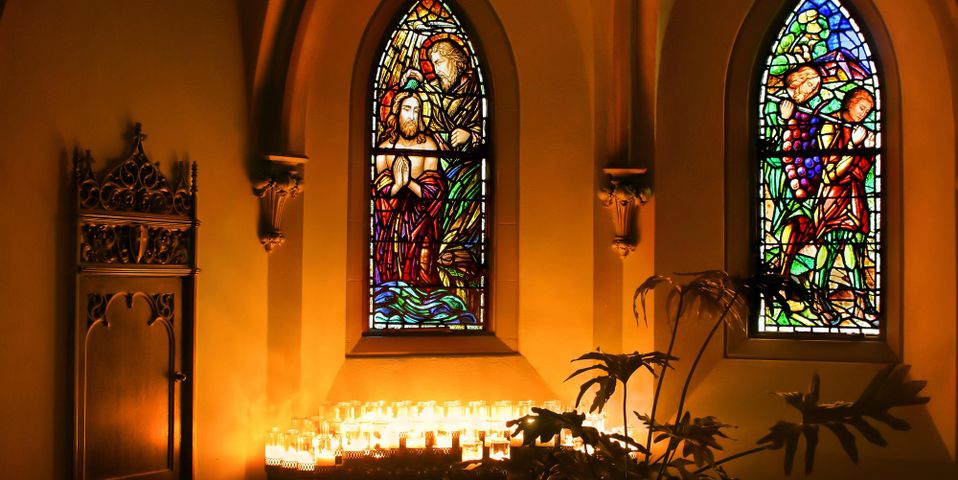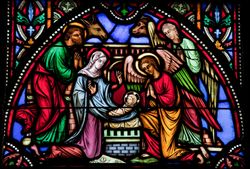
Available in various shades, stained glass is colored during the manufacturing process. Replicating the look of this traditional feature in your next window installation will yield beautiful results. If you’re still on the fence, knowing more about this glass’s rich history may convince you to recreate its look. Here’s more information about how colored glass has been used throughout the centuries.
Origins of Stained Glass Windows
Stained glass arguably dates back to the Ancient Roman Empire, with Gaius Plinius Secundus writing a story about shipwrecked Phoenician sailors creating it after accidentally melting their cooking pots on sand. While the legitimacy of the legend remains in question, Romans did manufacture small stained glass items, including the famous Lycurgus Cup.
The ancient Egyptians were the more likely originators of stained glass, as colored glass beads dating back to 2,700 BC have been found at Egyptian archeological sites. Palaces in the Middle East featured stained glass starting in the 8th century, but it wasn’t until the medieval Gothic period in the 13th and 14th centuries that the product came into prominence.
Stained Glass in Churches
 Medieval churches throughout Europe feature stained glass windows, with the Augsburg Cathedral in Germany showcasing the oldest known complete set. Stained glass typically depicts Biblical stories, such as angels informing Mary of the immaculate conception. The glass not only created awe-inspiring visuals, but also helped illiterate churchgoers understand Biblical stories.
Medieval churches throughout Europe feature stained glass windows, with the Augsburg Cathedral in Germany showcasing the oldest known complete set. Stained glass typically depicts Biblical stories, such as angels informing Mary of the immaculate conception. The glass not only created awe-inspiring visuals, but also helped illiterate churchgoers understand Biblical stories.
Numerous churches in England were destroyed following Henry VIII’s separation from Rome. However, stained glass enjoyed a resurgence during the Renaissance. Earthly and Biblical depictions were popular during this time, with wealthy families often requesting stained glass window installations in their homes.
Modern Uses of Stained Glass
A revival of Gothic architecture in the mid-19th century helped stained glass regain popularity after the Protestant Reformation criticized ornate church decorations. The Art Nouveau period in the early 20th century strengthened the use of the product thanks to the works of Louis Comfort Tiffany, John La Farge, and Frank Lloyd Wright.
Today, many churches, luxury homes, and commercial buildings use colored glass. Some alternative products, including Norman slabs and crown glass, have pigments and patterns that mimic the appearance of traditional stained glass windows.
If you want to create the look of stained glass in your property, turn to Circle City Glass. Based in Dothan, AL, this business provides window installations using colored Krinklglas™, allowing you to enjoy the beauty of stained glass without the high cost. Call (334) 794-6160 today to schedule an appointment, or learn more about their products online.
About the Business
(2 reviews)
Have a question? Ask the experts!
Send your question

